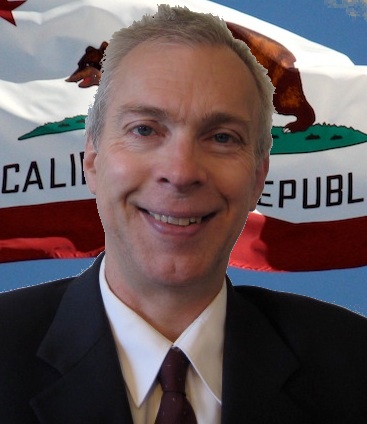Proposed tax policy changes for a steady state economy:
(1) the urgent need to adopt carbon taxes to replace income and sales taxes given the current state of the economy;
(2) broadening the tax base and reducing tax rates;
(3) shifting taxes from businesses (input taxes) to consumers, closing real estate speculator loopholes and instituting a split-roll for non-commercial properties;
A new tax policy for a new green economy - not based on the failed wealth-accumulation-taxation models but based on incentivizing technological innovation doing more with less ghg emissions toward a 100% renewable energy economy balanced with progressive taxation on carbon-emitting industry - is the right path to prevent ecological and mass human catastrophe to stop global temperature rise to 2 degrees C.
---
The financial meltdown (we're now experiencing) would have been prevented since all of the current commercial real estate tax subsidies, if adopted by the state, would be eliminated from borrowing against, or speculating in, commercial real estate. Once the tax subsidies are eliminated there is no reason for hyper-inflated real estate values that aren't justified by the property's cash flow.
Can the Commission on the 21st Century Economy determine the amount of interest and deprecation write-offs given to landlords each year?
It would also be useful to know from the Commission on the 21st Century Economy or its staff the entire amount of taxes not paid over the past 20 years when commercial property was "exchanged" rather than sold. (When stock or bonds are exchanged" tax is always paid - but commercial property owners get a loophole allowing them to exchange for more valuable property without paying any tax - and tax is never paid when wealth is transferred from a decedent!)
And it would helpful for any true analysis of the tax system if the Commission or its staff could tell the public what percentage of property tax was paid by homeowners vs. commercial landlords in 1978 compared to 2008 for each county. I think the voting public and working people would be shocked to see how much the young and newer homeowners are paying in property tax verses commercial landlords who have often held the property for decades, if not generations. (Dave Wilbur, January 2009)
---
Determine the average amount of time and distance people spend getting to work these days versus 30 years ago.
Find out from their staff how many hours families spend working per week now verses 30 years ago.
Find out how much gasoline/oil usage do we use now per capita verses 30 years ago, and how much does that gasoline/gas cost us each year.
Find out how much money has the state government spent in the past 30 years to build its sprawling transportation system. (Implicit in needing state revenue - taxes - is the question of what we're spending the money on. If we can help government give up certain functions, such as building sprawl inducing growth, we can have lower taxes too!)
---
The Elephant in the Room cannot be ignored in initiatives coming from the California Legislature - the inextricably entwined collapses of the world economy and collapses of ecological services forcing mass urban dislocations, plant and animal extinctions and, sooner than later - human extinction. How tax policy is structured will be the litmus test in successfully addressing the looming twin eco collapses.
Increases in wealth from classical growth economic activity that have concentrating in fewer hands factor can be channeled into spending on rebuilding ecological services.
To avert looming extinction, government must face the direct link between the steep upward curve of unregulated financial profiteering and the equally steep curve of the uncontrolled rate of its component rapacious consumptive-driven, greed-caused resulting greenhouse gas emissions. Otherwise, the growth economy-caused climate change head-long descent into planetary collapses of ecological services (deforestation, acidifying and deoxygenated oceans, drought, depleted food and water supplies) will cost more than the vastly weakened structure of society can muster. That point, fast approaching doing "business as usual," defines societal and human extinction.
(series: end of part 2 of 2 - back to part 1)
(Note: You can view every article as one long page if you sign up as an Advocate Member, or higher).





